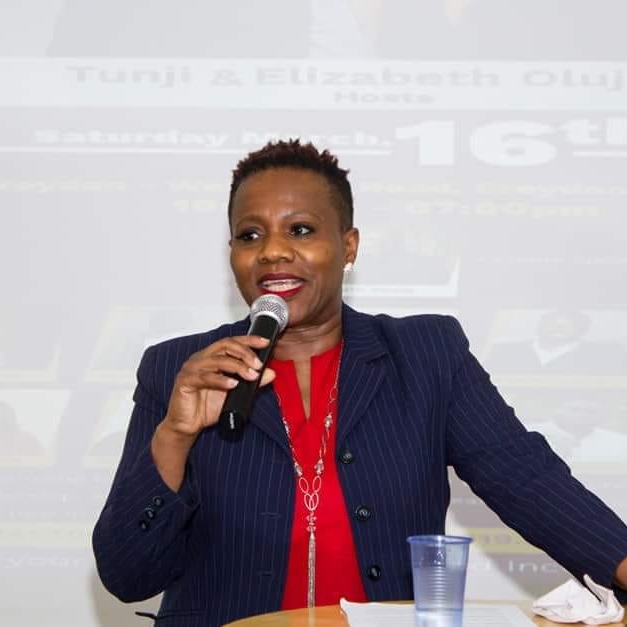The Owners Mentality
When it comes to the Board of any organisation there is an Owner; whether the Owner is the government or the owner is somebody that actually started the organisation. That Owner has a mentality. Now the mentality of the Owner, usually is, when they start some business or organization, they want that organisation or business to prosper. They want it to thrive. Now for an organisation or a business to prosper, the people must themselves prosper. However, for the people, the workers within the organisation to prosper and to thrive, they need to understand the mission and the vision of that organisation.
And so in teaching the Owner’s Mentality, we are able to find out those employees who should not be in the organisation anymore. We will show you who to fire, who to hire and who may need to move to another department within the organization. Maybe there is a department slow in growth and is not delivering on their KPIs. They may be having problems in the department.
It could also be because they don’t want to have the Owner’s Mentality. They don’t agree with the Owner. Why are they there? They are poisonous, and they are literally toxic to the organisation.




